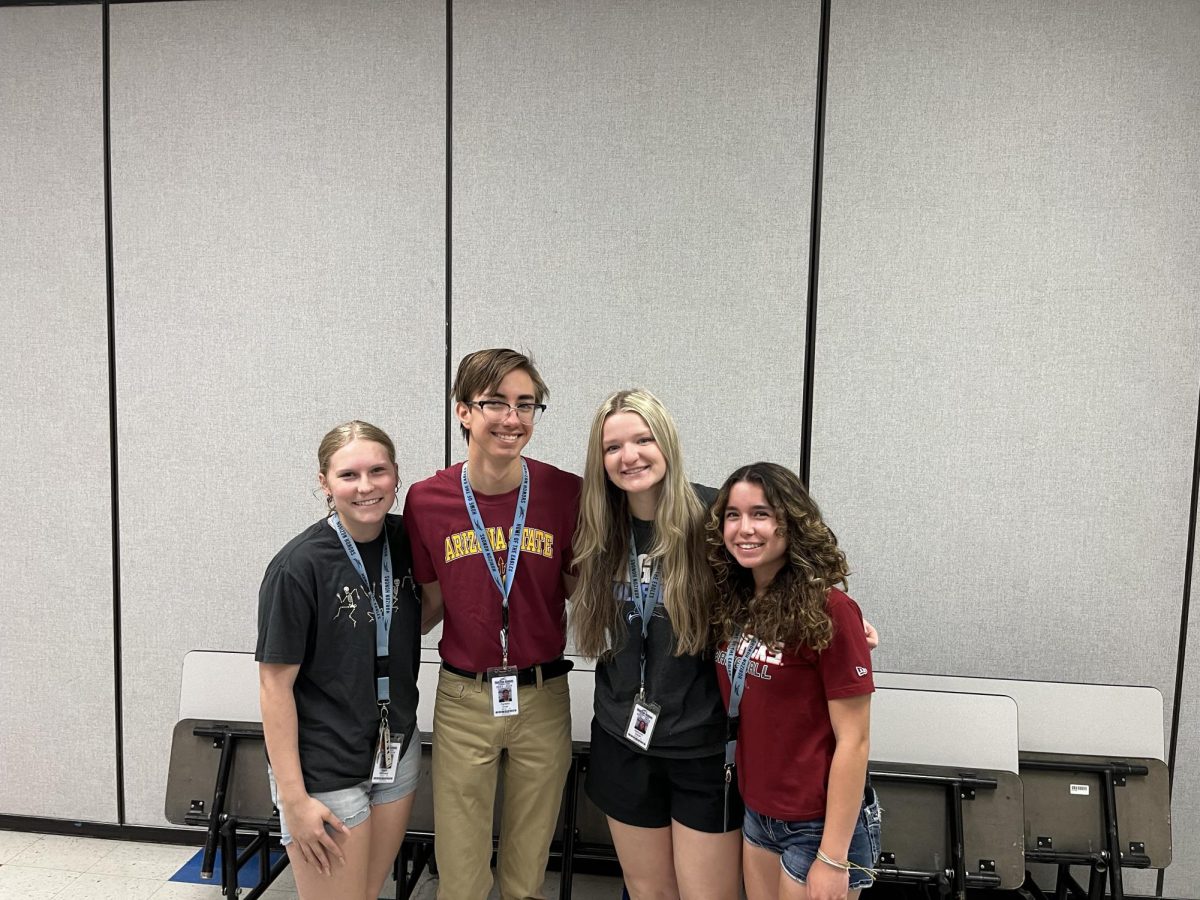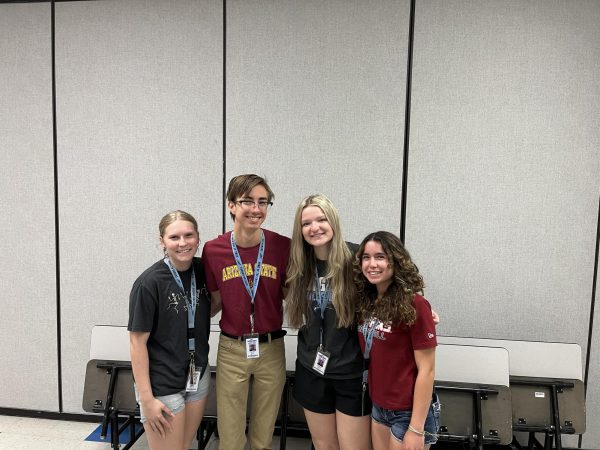The Educational Impact of the Internet

Photo Courtesy of Pinterest, Copyright © 2013
W.B. Yeats, one of the greatest literary figures of the 20th century, had a notion or two about the necessity of real education in place of passive learning.
February 15, 2014
While preparing for an interview this past week, I came across a quote by Professor Robert Williams, the former dean of Davidson College. He said, “Real education is active, not passive. Real education involved a dialogue with the world and not merely access to information or self-discovery.” The quote was paired with a thought-provoking question: What do you think is the impact of the internet and social media on real education, now and in the future?
For someone who is an advocate of firsthand experience over observation, this couldn’t help but resound with me. One of my favorite quotes is by W.B. Yeats, an Irish poet and perhaps one of the leading literary figures of the 20th century- “Education is not the filling of a pail, but the lighting of a fire.” For me, the first part of Yeats’ quote refers to passive learning- where the student simply memorizes information and absorbs the teacher’s words. Meanwhile, the “lighting of the fire” is what I hope students acquire through their educational endeavors- a desire to learn more and to discover their own passions.
I can’t help but notice how influential the internet has been in promoting real education. Because of the internet, learning has become so much more interactive- instead of just lecturing to the class, teachers can introduce a topic and then assign research for homework for the purpose of discussion during the following class. This newfound convenience makes students more willing to find new information and consequently teaches them to analyze and think critically. The internet plays a major role in education by promoting this curiosity within students. It teaches children to not challenge just for the sake of challenging, but rather to develop their own views and learn how to reinforce opinions with factual information.
Perhaps the most important gift that the internet has provided is creating worldwide connections. It diminishes ethnocentricity and helps people become more aware of cultures and global news. Even better, when coupled with social media, the internet is an incredible example of how the social web can be leveraged for social good. Take Humans of New York (HONY) for example. Brandon Stanton began HONY as a means of creating a photographic census of New York in 2010- his project went viral and he now has over 2 million viewers. One of his photographs was of a man whose family wanted to adopt a child from Ethiopia; however, they didn’t have enough money to do so. Stanton took it upon himself to raise the money- within a day, over $80,000 had been donated to the cause. It’s a wonder that this was accomplished in so little time and is an even greater example of how the kindness of people can be bridged over any distance in a matter of hours because of the internet.
25 years ago, the internet was a barely conceivable concept, and now it’s arguably the most important invention of the century. We can only imagine what will happen in the next few decades. But one thing is certain: the internet has become an incredible source of information for adults and children alike. It has increased the capacity of the classroom by tenfold, it encourages active collaboration and communication, and it offers everyone the opportunity to fulfill their curiosity.













